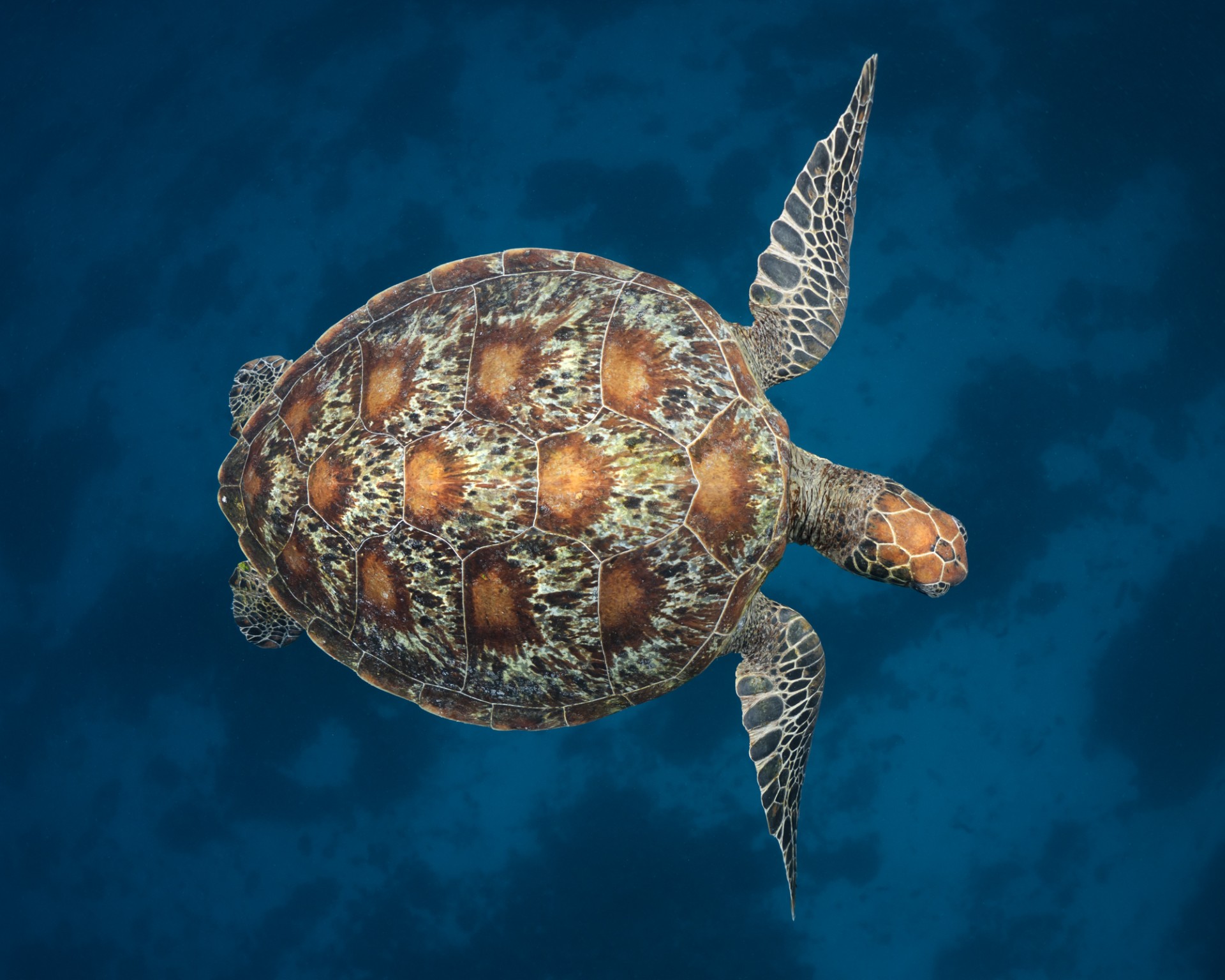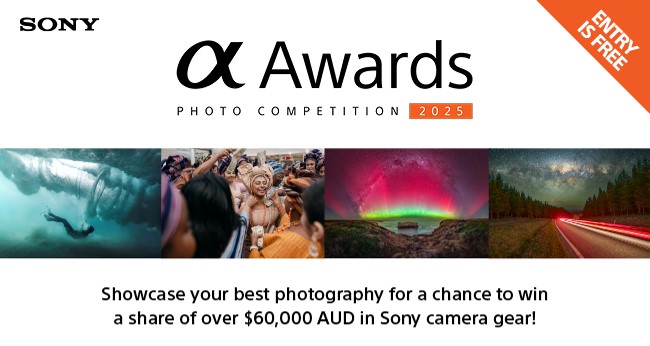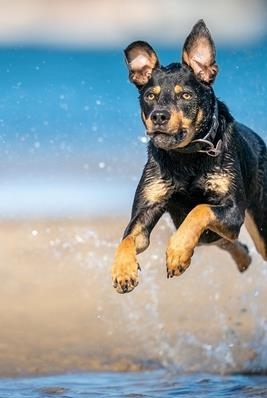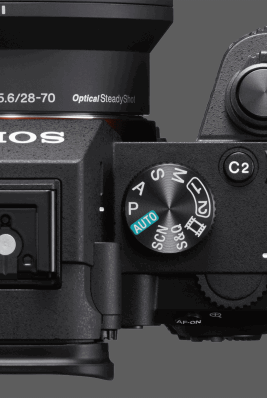Intro to Sea Life Photography
Sea life photography is a mesmerising and challenging art form that captures the beauty and diversity of our marine ecosystems. From vibrant coral reefs teeming with fish to the graceful movements of whales and sea turtles, underwater photography allows us to explore a world that remains largely hidden from everyday life. This specialised field requires technical photography skills and an understanding of the ocean, underwater lighting techniques and marine behaviour to get the perfect shot. With the right equipment and patience, photographers can create stunning images with their Sony camera system that showcase the ocean's wonder while raising awareness and creating a connection to life in the sea.
Essential Equipment
When diving into underwater photography, selecting the right camera housing and lenses is crucial for capturing clear and stunning images beneath the surface. Camera housings, made from materials like polycarbonate or aluminium, are designed to protect cameras from water pressure while providing access to essential controls. High-quality housings from brands like Nauticam (for deeper water photography) and Aquatech (for surface use and depths up to 10 metres) ensure durability and functionality. Wide-angle lenses such as the FE 12-24mm F2.8 GM and FE 90mm F2.8 Macro G OSS are essential choices. Wide-angle lenses help capture expansive reef scenes and large marine animals with minimal distortion, while macro lenses allow photographers to focus on intricate details of small creatures like nudibranchs and seahorses. Pairing the right housing with a suitable lens enhances image clarity, sharpness, and composition, making underwater photography both a technical and artistic pursuit.

Dive Safety and Preparation
Safety and respect for marine life are fundamental aspects of underwater photography. Before diving, photographers should be well-trained in scuba diving or freediving techniques and understand how to navigate underwater currents, depth changes, and buoyancy control to avoid accidents or damaging delicate marine ecosystems. It’s essential to maintain a safe distance from marine animals, never touching or disturbing them, as this can stress or harm them and alter their natural behaviour. Using non-intrusive lighting and avoiding excessive flash helps protect sensitive marine life, such as corals and nocturnal creatures. Ethical underwater photographers follow responsible diving practices, such as not chasing marine life, and always being aware of their surroundings to prevent unintentional damage to the environment. By prioritising safety and respect, photographers can capture incredible images while preserving the beauty and balance of the underwater world.

Techniques on Capturing Marine Life
Capturing marine life effectively requires mastering key underwater photography techniques to produce clear, vibrant, and well-composed images. I like to look for symmetrical shapes and animals with personalities that speak to my audience and grab their attention.
Proper buoyancy control is essential to remain steady while shooting. Utilising natural light at shallower depths or external strobes in deeper waters helps enhance colour and reduce the blue-green colour cast. A fast shutter speed is crucial for freezing the movement of fast-swimming creatures, while a slower speed can be used for creative motion blur effects. Wide-angle shots are best for capturing large marine animals or reef landscapes, while macro photography highlights the intricate details of small sea creatures. Patience and observation are key; waiting for the right moment, understanding animal behaviour, and approaching subjects calmly can lead to more dynamic and natural compositions. By combining these techniques, photographers can create breathtaking images that bring the wonders of the underwater world to life.
Mastering Underwater Photography Settings
Mastering underwater photography settings is crucial for capturing sharp, well-lit, and vibrant images despite the challenges of shooting in a constantly shifting aquatic environment. Since water absorbs and scatters light, adjusting white balance is essential to restore natural colours, especially at greater depths. Using RAW image files and manual mode with Auto ISO allows better control over exposure and colour. I prefer my students to drop Auto ISO and go full manual, but if shooting underwater is new to you, then it’s best to focus on your subject and less on your camera.
Shooting with a wider aperture (low f-stop), such as f/4, will help in low-light conditions. I don’t like to shoot below f/4 underwater as it softens the corners of my image. Using a smaller aperture (high f-stop) ensures greater depth of field for wide-angle shots, whilst a fast shutter speed (1/800s or faster) is ideal for freezing fast-moving subjects in natural light. A lower ISO helps reduce noise in darker underwater environments. External strobes are invaluable for illuminating subjects and bringing out their true colours below 5m, as natural light diminishes quickly with depth. Shooting on strobes allows you to experiment with light and lets you shoot at a much slower shutter speed and larger apertures, especially when using a macro lens. Mastering these settings and adjusting them based on the conditions ensures high-quality underwater shots that showcase marine life in all its vivid detail.

Editing Techniques
Editing underwater photos in the RAW format is essential for enhancing colours, correcting exposure, and bringing out the details lost due to water’s natural light absorption. Post-processing software like Adobe Lightroom or Photoshop allows photographers to adjust white balance, which is one of the most important corrections for underwater photos, as it will help restore the reds and yellows that often fade at deeper depths. Increasing contrast and sharpness helps define textures and make subjects stand out, while noise reduction tools minimise graininess caused by shooting in low light.
Adjusting exposure and highlights can correct any overexposed or underexposed areas, ensuring a balanced image. Additionally, I like to use mask tools such as ‘Subject Select’ and ‘Linear Gradient’ to help isolate my subject or enhance an area of the photo. Selective editing with the healing tool can help remove unwanted tiny particles in the water that may create distracting spots in the photo from using a strobe (backscatter). By refining these elements, photographers can transform raw underwater shots into vibrant, professional-quality images that truly capture the beauty of the marine world.

Ethical Considerations When Photographing Sea Life
In summary, respecting marine inhabitants and promoting conservation are essential responsibilities for underwater photographers, as their work can influence awareness and attitudes toward ocean preservation. Disturbing marine life or damaging coral reefs not only harms delicate ecosystems but also disrupts the natural behaviour of aquatic species. Ethical photography practices, such as maintaining a safe distance, using non-intrusive lighting, and avoiding physical contact with marine creatures, ensure that their habitats remain undisturbed. Beyond responsible photography, sharing images and stories can inspire others to appreciate and protect the ocean. By highlighting the beauty and fragility of marine ecosystems, photographers play a crucial role in advocating for conservation efforts, sustainable diving practices, and the reduction of human impact on the underwater world.

Craig Parry
Craig Parry is an international, multi award winning nature photographer based in Byron Bay, Australia.
Specialising in marine, aerial and landscape photography, Craig strives to capture the world's landscapes and oceans to share with his audience the beauty of the world. His work regularly sees him travelling to all corners of the globe in pursuit of new adventures and unique encounters, and he can often be found working with the likes of National Geographic, Discovery Channel and Travel Channel.
Craig's stature as a photographer was indisputably confirmed with his receipt of the award 'International Landscape Photo of the Year' (2014), in addition to taking out the award for 'Underwater Photograph of the Year' (2014).









